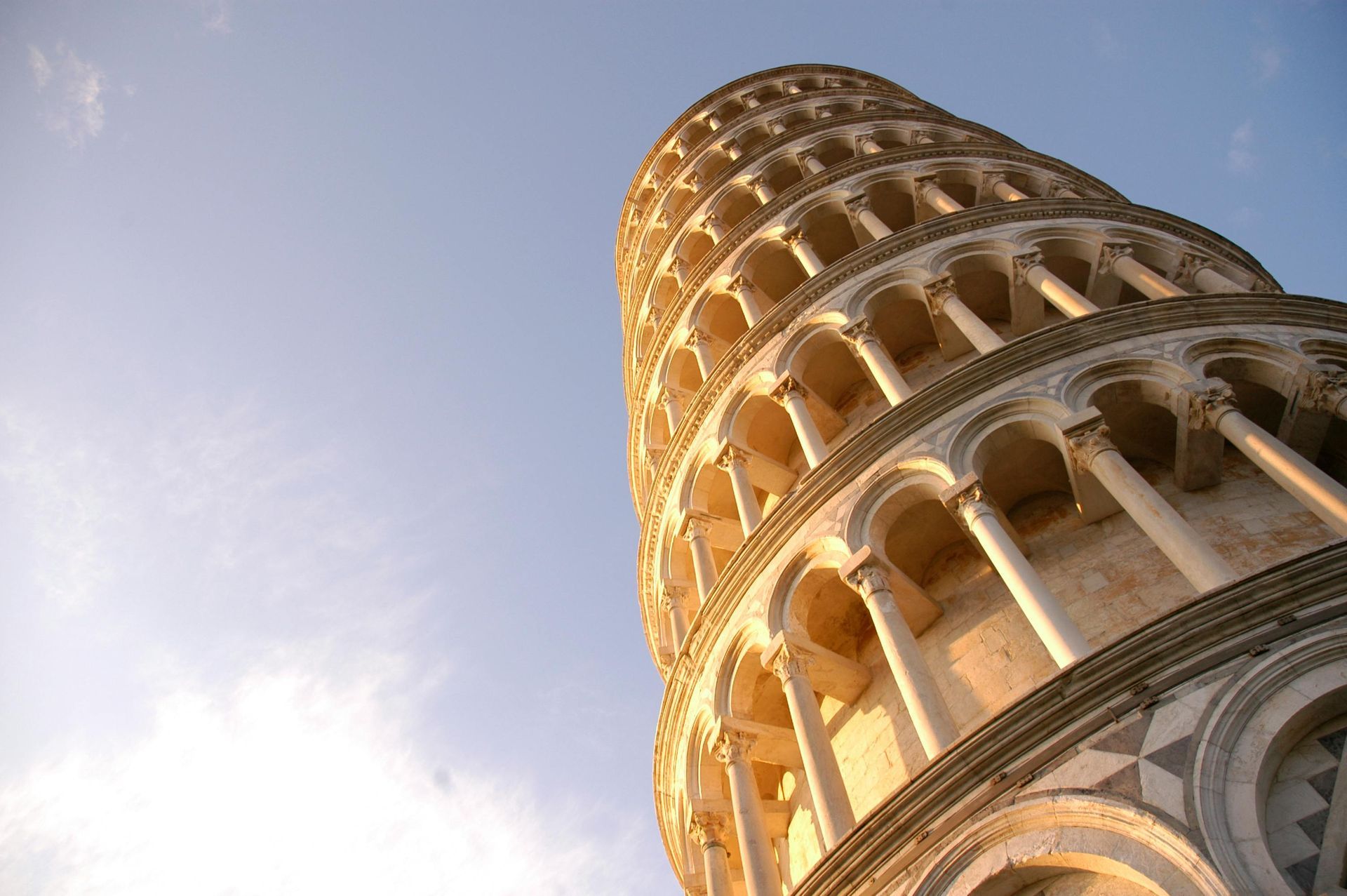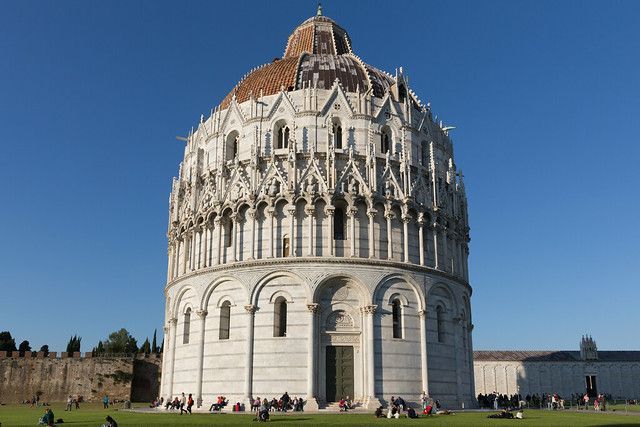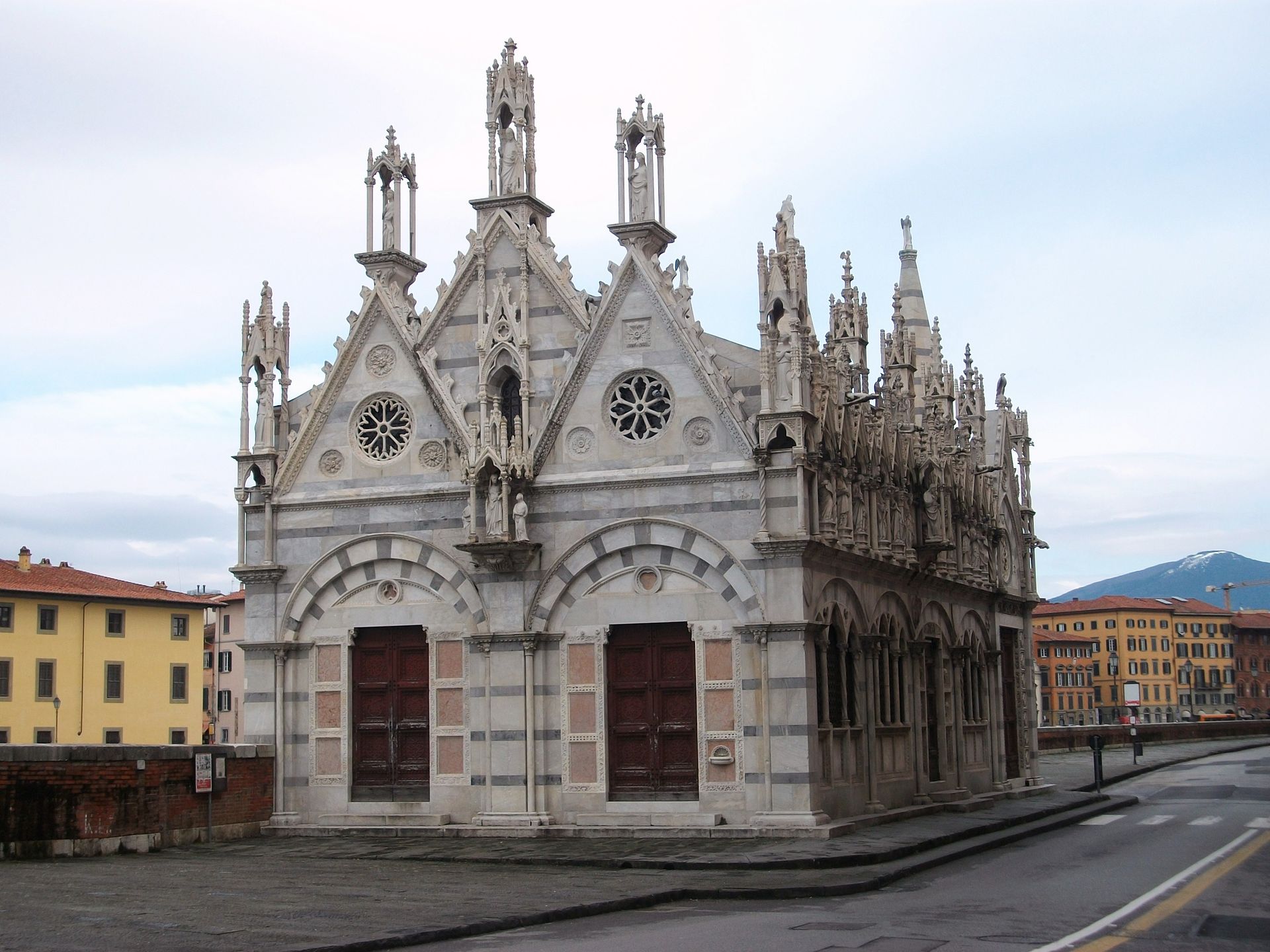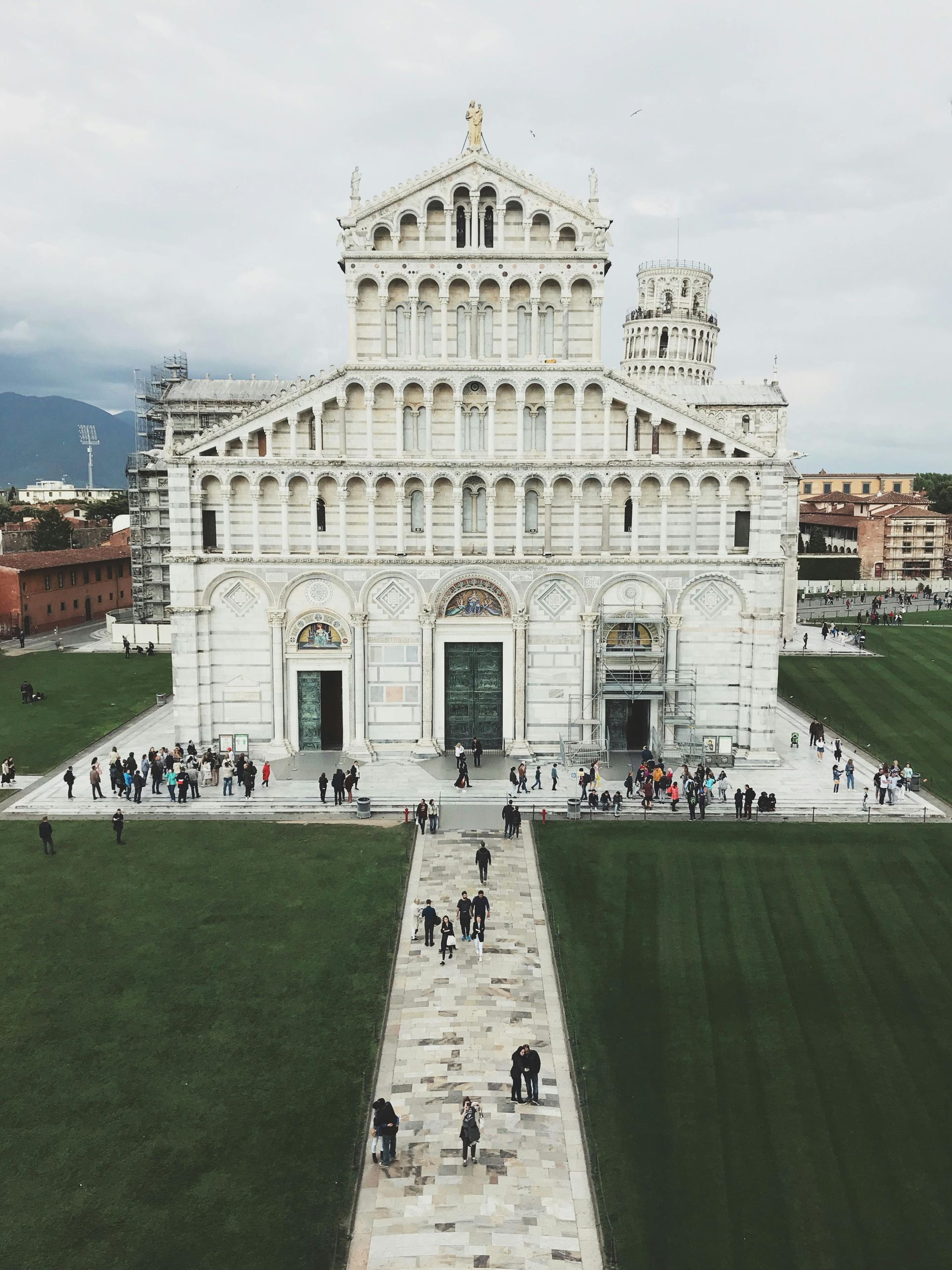PIAZZA DEI CAVALIERI
Where Civic Legacy Meets Scholarly Pursuit
Once the heart of Pisa’s medieval republic—then known as the Piazza delle Sette Vie for the roads radiating from its centre—this square served as the seat of civil power, its Palazzo degli Anziani standing in contrast to the episcopal precinct nearby. Legend suggests the ancient Roman forum lay beneath its stones, and indeed, by Lombard times it already hosted the gastaldo, the royal official who governed the city.
Around 1140, the “Square of Seven Ways” became the political nucleus of the burgeoning commune. Here magistrates gathered in adjacent halls and churches, and, after 1254, the newly empowered Popolo Pisano fused older buildings into the Palazzo del Popolo e degli Anziani—today’s Palazzo della Carovana—ready by 1261. Across the way, the Captain of the People took up residence in the Palazzo dell’Orologio, which by 1357 included the grim tower where Count Ugolino della Gherardesca met his tragic end in 1289.
With Florence’s final conquest in 1509, the square’s grand façades remained, but its offices changed hands: Florentine priors replaced the Elders, and a chief custodian supplanted the Captain. Then, in 1558, Grand Duke Cosimo I de’ Medici commissioned Giorgio Vasari to remake the piazza as the headquarters of the newly recognized Order of Santo Stefano. Between 1562 and 1564, the Palazzo della Carovana—reborn from the old Palazzo degli Anziani—was adorned with graffito decoration and niches housing the busts of six Tuscan grand dukes:
- Cosimo I
- Francesco I
- Ferdinando I
- Cosimo II
- Ferdinando II
- Cosimo III
Today, Piazza dei Cavalieri remains a locus of cultural life, dominated by the Scuola Normale Superiore and echoing centuries of civic ceremony and intellectual endeavour.














